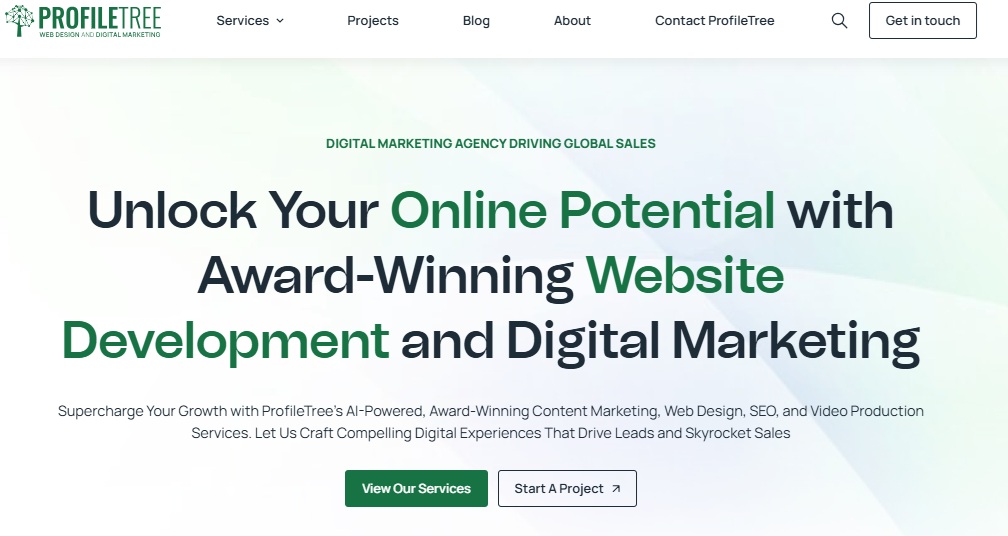By Rebecca Tee, journalist-turned-marketer who works as a digital PR specialist at digital marketing agency Impression.
More and more businesses are investing in PR (and specifically ‘digital PR‘) as a tactic to broaden their audience, increase visibility and support other channels like SEO (search engine optimisation) and social media.
But while an investment is something of a no-brainer for most businesses, it’s still important – as with any business investment – that the risk be mitigated and the returns maximised.
I’ve worked in digital PR for a number of years now and deliver this service to a wide range of clients, from SMEs to multinational corporations. Here, I’ll describe how we mitigate risk and maximise returns through what we like to call the ‘layered approach’.
Treating your PR like it’s a lasagne
Having a ‘layered approach’ simply means carrying out a number of PR tactics concurrently. Someone once said it’s like a lasagne, which has always stuck with me – it’s the layers combined that make it a delicious family favourite, strip it back and all you’ve got is a bit of pasta, meat/veg or white sauce on a plate!
Savvy marketers will want to invest in PR approaches that mitigate the risk of a campaign ‘flop’ as much as possible, which is why we’re not a fan of putting all of our eggs in one basket. When you have a number of things working together it becomes a well-oiled machine, and that’s where you’re going to see your overall marketing efforts pay dividends.
Deciding on your ‘layers’
There are a wide range of PR tactics that can be used as part of a layered approach. What you choose to make up your lasagne will largely be driven by your goals and what assets you have (i.e. access to large datasets). When it comes to PR you may want to look at combining a few of the following:
• Promoting your own business news (often in the form of a press release)
• Responding to journalist requests
• ‘News hacking’ (reacting to current news and trends)
• Thought leadership (providing media with expert-written articles, which promote you as an authority in your field)
• Data analysis and visualisation
• Surveys
• Interactive graphics
• Creative content campaigns
Reactive vs proactive PR
All of these things are either reactive or proactive in nature. Reactive PR, as it sounds, is all about reactive to opportunities and those things happening within your business that can be utilised for PR gain.
Responding to journalist requests and ‘news hacking’ are typical reactive tactics. A simple way you can do this is by following the Twitter hashtags #PRrequest and #journorequest, where journalists seek out comments or content to support these stories. You can take this a step further by creating a few Twitter lists comprising your favourite publications and journalists so to maximise your chances of finding and securing opportunities.
By keeping an eye on the news in general, you’ll also be well placed to provide an expert comment on anything that affects your industry, such as new laws and regulations.
The key to reactive PR is to be fast, so if you don’t have a dedicated person (or team of people) that are willing to be named and can provide a comment within an hour or two then this may not be a tactic for you.
Proactive PR lets you go a little bit more at your own pace, but it’s still worth highlighting timeliness here; no-one will care that you’ve hired 50 new staff and moved into a brand spanking new office if you distribute a press release 3 months after it’s happened. Topicality is also important. If you’re going to approach a journalist with an expertly-written article or creative content campaign then it’s good to tie it into something that’s relevant at the time. Last year, one of our clients made headline news when it won an auction to name a new amphibian. The company called it Dermophis donaldtrumpi after president Donald Trump, who is regularly in the news due to his stance on climate change (he once called it a “hoax”).
For proactive PR you may also consider utilising any internal data you have, or you can create the data yourself if you have a large and engaged enough audience to participate in a survey or two.
Making the most of the approach
You may feel like you’re spinning plates when you start to incorporate multiple components into your digital PR strategy. It goes without saying that the key here is to be well organised and to have a proper plan in place as to what you’re going to do and when. One thing I’d suggest is to put together a content calendar, with information including:
• National days of interest (i.e. holidays, national awareness days – perfect for creating campaigns off the back of)
• Key events – internal
• Key events – external (i.e. industry reports that are released annually)
• A timeline of what campaign(s) you will be doing when, and a further breakdown into how long it’s going to take to execute each part (research, design, writing, outreach)
• Who is doing what, plus deadlines (teamwork makes the dream work!)
This is just an idea of what to include, but the more granular you are the more you can start to anticipate and be prepared for reactive opportunities too. A good mix of reactive and proactive PR goes hand-in-hand with a layered approach and will make for a well-rounded digital PR strategy that will feed nicely into your wider marketing goals








